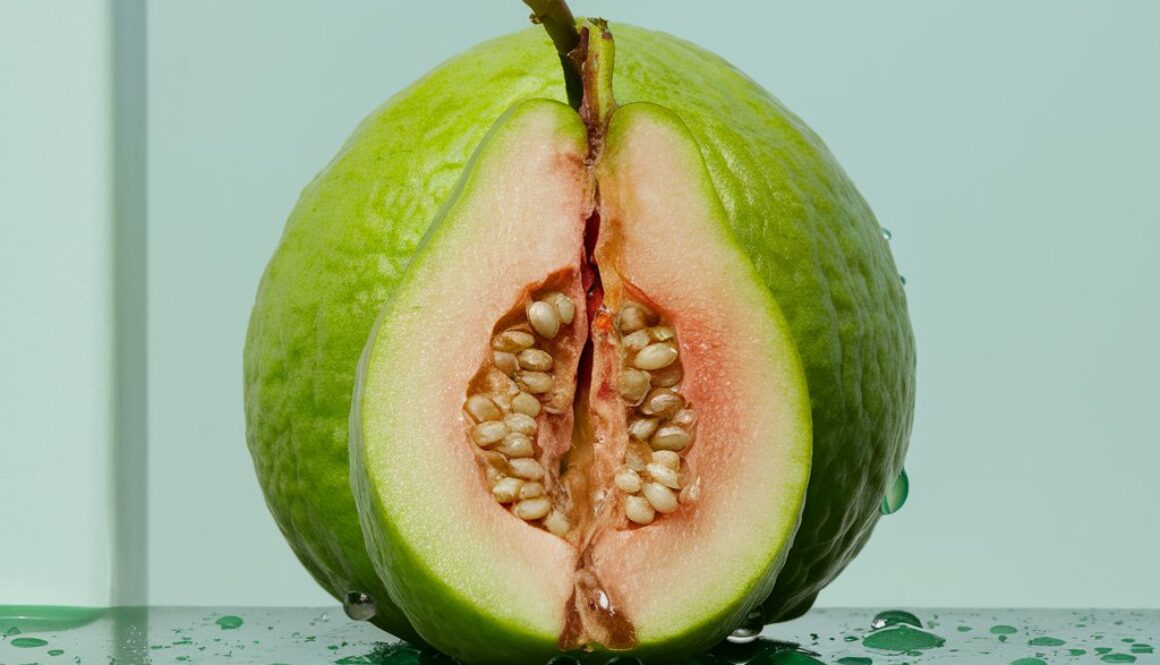AMROOD
CLIMATE: Grows in tropical and sub-tropical regions upto 1500 m above sea level. Guava can tolerate heat and drought conditions of north Indian summers. Sever frost can kill the young plants. An annual rainfall of about 100 cm is sufficient.
SOIL: Heavy clay to very light sandy soils having pH between 4.5-8.2 are suitable for cultivation of guava. The crop is sensitive to waterlogging.
PROPAGATION AND PLANTATION: Amrood is vegetatively propagated by budding, inarching, or air layering. Monsoon is the ideal time for planting the layers and seedling. Soil must be prepared during the summer by ploughing, harrowing, leveling and removing weed. Pits of 1m3 are dug at a standard spacing of 6x6m before the monsoon and filled with a mixture of manure and soil.
PLANT PROTECTION MEASURES: Time of fertilizer application depends on the region and crop variety. In northern India, fertilizer shall be applied in the first week of May for rainy season crop and in first week of July for winter season crop. The fertilizer dose for Northern Region of India is 600 g. Nitrogen, 400 g. Potassium per hectare.
IRRIGATION: Amrood is mostly grown under rainfed condition. During winter season, irrigation is provided at an interval of 20-25 days and in the summer months it is provided at an interval of 10-15 days by the ring method. However, drip irrigation can be very effective in these plants too.
HARVESTING: The plants start bearing fruits at an early age of 2-3 years but they attain full bearing capacity at the age of 8-10 years. Guavas are harvested throughout the year (except during May and June) in different parts of the country. However, peak harvesting periods in north India are August for rainy season crop, November-December for winter season crop and March-April for spring season crop.
USES
The guava fruit is a good source of Vitamin C, Pectin, calcium and phosphorus. It can be used to treat colic, diarrhea, diabetes, cough, high cholesterol, cancer, heart diseases and cataract. Leaves of guava are used for dyeing and tanning. The fruit is used for the preparation of processed products like jams, jellies and nectar, cakes etc. Fruits can be preserved by canning as halves or quarters, with or without seed core (shells). Good quality salad can be prepared from the shell of ripe fruits.

